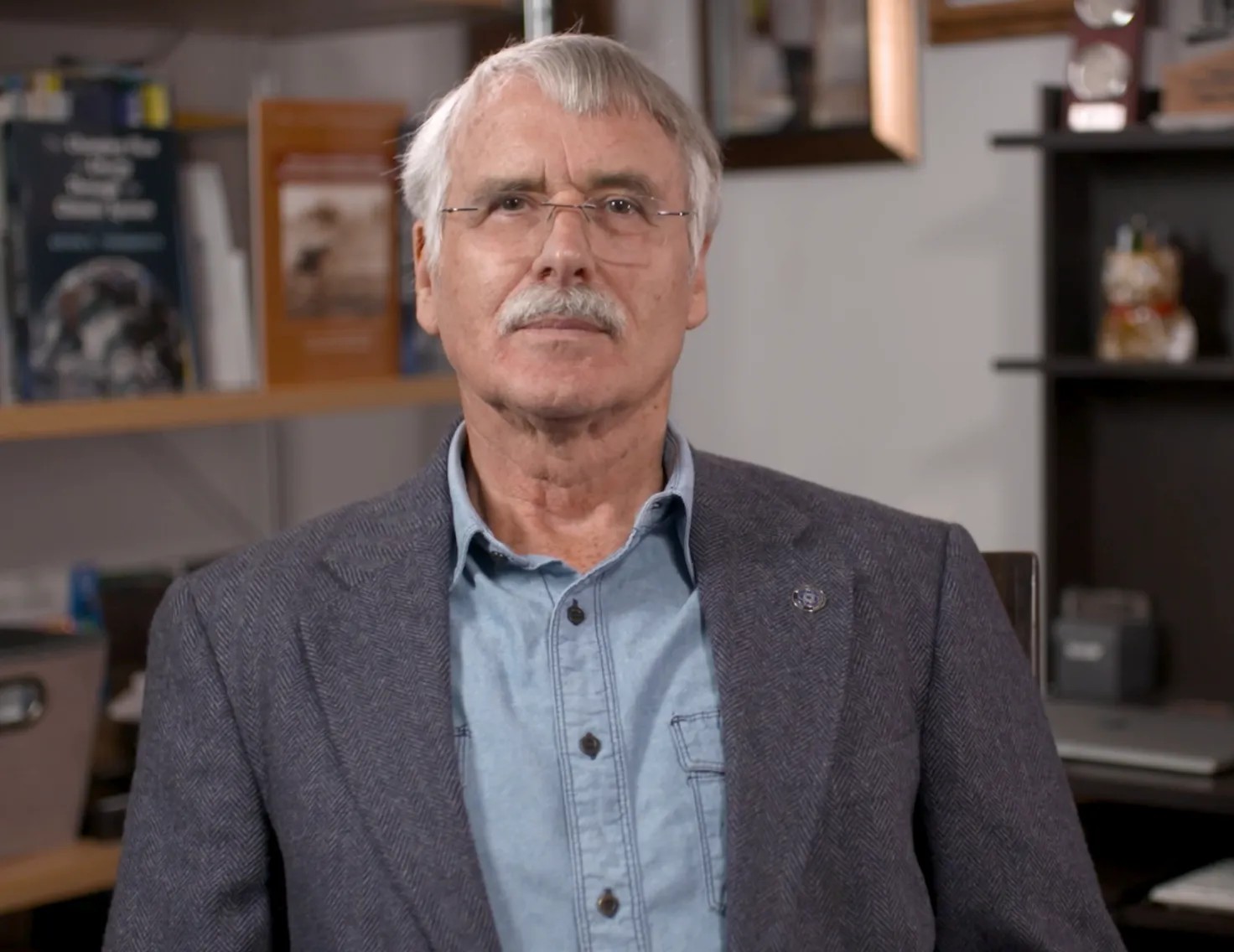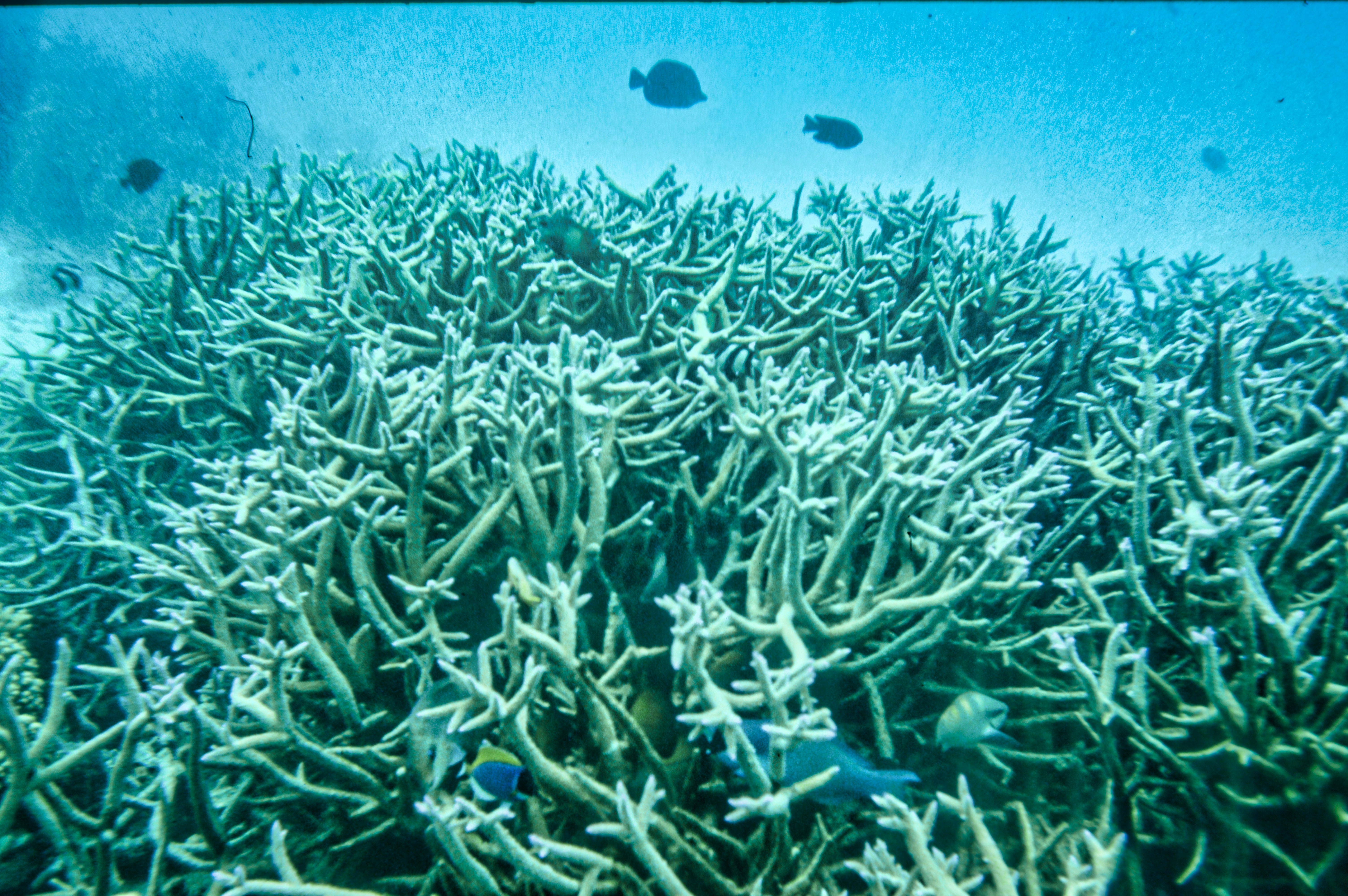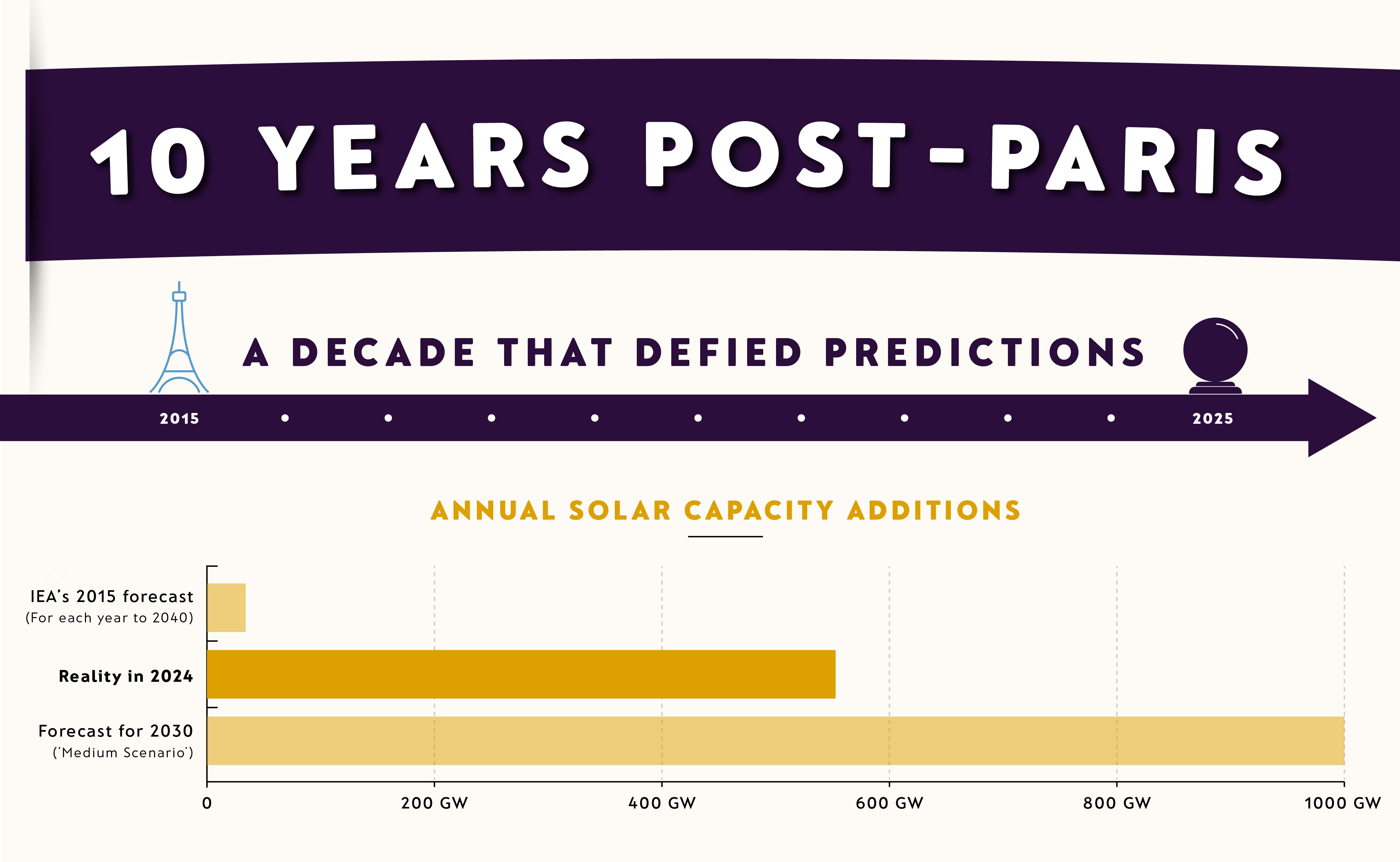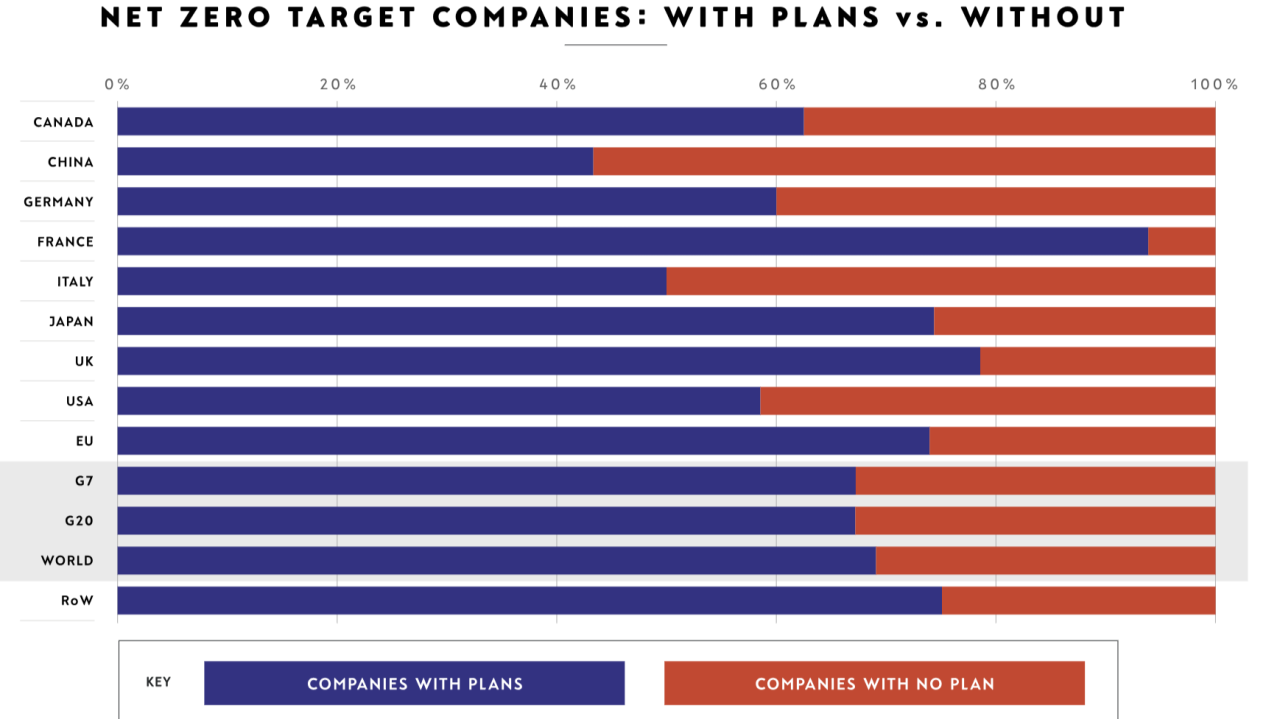
Time to plan for the climate change inevitable

Kevin Trenberth
Former Coordinating Lead Author of the IPCC
As New Zealand inherits the climate legacy of larger and more powerful nations, we must turn our attention to leading by example.

Comment: Several recent events and announcements have indicated the need to take stock of where we, in New Zealand, are at with respect to climate change challenges. The last COP27 Climate Change Conference in Egypt in November 2022 was underwhelming in terms of progress. There are only a few signs of progress toward limiting emissions of carbon dioxide and other greenhouse gases worldwide, and climate change is continuing apace. We clearly need to plan for the consequences of other nations’ actions.
The United States Senator from Utah, Mitt Romney, evidently sees no chance we’ll be able to curb global warming anytime soon. Romney, one of the few Senate Republicans to consider climate change an urgent threat, said that policymakers should focus on adapting to hotter conditions – because, he argued, both temperatures and greenhouse gas emissions will continue to rise for at least the next 20 years.
Many experts took exception to this but the United States alone is on track to cut emissions by 32 to 42 percent below 2005 levels by 2030, according to Rhodium Group modelling.
Many forecasts predict emissions dropping in the coming years, but even if that slows warming (unfortunately, that is a big “if”) it’s not going away. “If we get all our CO2 emissions to zero, the world doesn’t cool down," said my colleague Zeke Hausfather, of the Breakthrough Institute. “It just stops warming, at least for three or four centuries.
“So we can determine how much warmer it gets, based on how quickly we cut emissions.” He went on to say that Romney is right that, at a minimum, we’re going to have to deal with the situation we have today and take steps to adapt to that.
Roughly one-quarter of the expected drop in US emissions is attributable to its Inflation Reduction Act, which directed about US$370 billion to climate programmes. But as I have previously argued, far too much is misdirected toward carbon capture and offsets rather than the actual cutting of emissions.
And China is going its own way. According to the Centre for Research on Energy and Clean Air, coal power plant permitting, construction and new project announcements accelerated dramatically in China in 2022, with a more than 50 percent increase in power capacity construction from 2021. A total of 106 GW of new coal power projects have been permitted, the equivalent of two large coal power plants per week. The coal power capacity starting construction in China was six times as large in China than in all the rest of the world combined.
International commitment to limiting emissions is at a low ebb, perhaps in part because of the Russia-Ukraine war, and in part because of the need for adequate heating fuels in the northern winter. Poor diplomatic relations between the United States and China doesn’t help; those two nations could likely solve the problem of increasing emissions through collaboration and leadership, bringing nations along through peer pressure. Recent news of last year’s combined US$200 billion profits for the ‘big five’ oil and gas companies highlight the fact that the private sector will not solve or even help solve the climate change problem unless it is in their interests to do so, or they’re forced to.
At any time, the weather experienced is a combination of natural weather events as well as climate change. The pattern of weather is controlled by El Niño and La Niña, or more generally the ocean temperatures. But climate change is intensifying normal weather cycles – with abnormal consequences. The 'weather' goes on much as it was before with warmer winds, heavier rain and dryer dry periods.
The unusually long three-year La Niña that has led to record-breaking sea temperatures in the Coral and Tasman Seas, and around New Zealand, is now fading, and prospects are increasing for an El Niño event to develop after May, perhaps with new record high global temperatures in 2024.
Such an event would increase the odds of wildfires especially in Australia, and result in quite different patterns of weather systems tracking across New Zealand – fewer subtropical low-pressure systems moving south and a reduction in frequencies of wet onshore easterlies.
In New Zealand we can’t solve the problem of continuing record rates of global carbon dioxide emitted globally; our own emissions are tiny compared to nations such as the United States and China. But we can and should pay a lot more attention to carbon emissions and adapting to the changing climate, as we inherit the legacy of larger and more powerful nations. But we can still play our part, and lead by example. Our greatest impact may well be through diplomatic action, such as leading a consortium of Pacific nations, and hopefully Australia, to exhort China, the US and India to do more to reduce emissions.
Yet we are better placed than most nations. We won't experience major heat waves. We are unlikely to experience major multiyear droughts because we’re surrounded by water. As long as we can manage and live with heavy rains, and occasional heavy snows in the mountains, we should have good water resources.
The challenge is to manage them; saving excess water in floods for times of drought, and as a resource for hydro-power. This also means building a lot more resilience to rainstorms and floods, through drainage and storage systems, and accounting for expected rising sea levels in coastal regions and repeating high water levels in flood plains. We need to recognise that extremes of weather increase with global heating, so we need to better understand and plan for the geographically specific weather events that are an inevitable part of our future.
This Article was first published by newsroom.

Kevin Trenberth
Share "Time to plan for the climate change inevitable" on

































